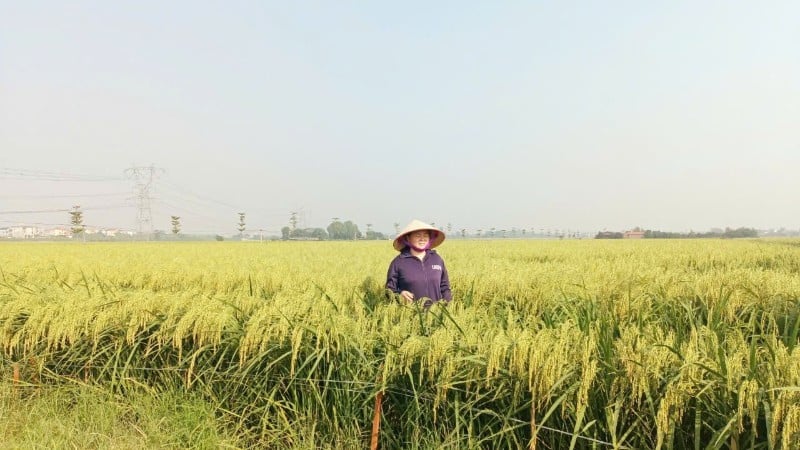
Located on the banks of the Ca Lo River, in the past, Thuy Lam commune (now Thu Lam commune) almost all of the commune's winter-spring rice growing area was devoted to cultivating the delicious golden sticky rice variety, with a growing area of over 500 hectares.
Thuy Lam yellow sticky rice has round, plump grains, when cooked it is clear, shiny, has a characteristic aroma, is sticky, soft but not mushy and has a very rich flavor. Sticky rice or banh chung made from yellow sticky rice is soft, does not dry out after a long time like some other sticky rice varieties.
For generations, the people here have been attached to the yellow sticky rice variety that their ancestors left behind. Over the years, when the traditional farming method revealed many limitations, in 2010, the authorities guided the Thuy Lam yellow sticky rice growers to switch to rice cultivation using the improved rice intensification method (SRI). Since then, the production thinking of the people has changed dramatically.
SRI is an ecological rice farming method that has high productivity and quality, while reducing input costs in all stages: seeds, fertilizers, pesticides, and irrigation water. Rice is planted sparsely, in open fields, minimizing the occurrence of pests and diseases, and the number of times pesticides are sprayed is greatly reduced.
Farmers are like "doctors" in the fields, diagnosing pests and diseases themselves and giving appropriate treatment "regimes".
Thanks to the correct understanding of production techniques, farmers no longer overuse inorganic fertilizers, but instead use reasonable fertilization methods, using a balance between organic and inorganic fertilizers. Inputs are significantly saved while rice quality is increasingly improved.
Previously, each sao only yielded 1.2 quintals, but with SRI farming, the yield has been improved and maintained at a stable level of 1.8 quintals/sao; with a selling price of about 40,000 VND/kg, Thuy Lam golden sticky rice yields 2-3 times higher income than cultivating other rice varieties.
Thanks to the delicious and high-quality rice, in 2013, the yellow sticky rice product of Thuy Lam commune was granted a collective trademark by the Department of Intellectual Property ( Ministry of Science and Technology ). Then in 2019, the yellow sticky rice of Thuy Lam Agricultural Cooperative was granted a 3-star OCOP product certificate (One Commune One Product Program) by the Hanoi People's Committee.
Director of Thuy Lam Agricultural Cooperative Nguyen Thi Cuc said that since being certified as an OCOP product, Thuy Lam Golden Flower Sticky Rice has been supported in promoting and introducing the product, designing packaging, labels, and supporting OCOP stamps with QR codes. Thanks to that, our products are more secure, trusted, and known by consumers.
Currently, Thuy Lam yellow sticky rice is consumed in many supermarkets and clean food stores. However, the cooperative can only consume a small portion.
Ms. Cuc added that Thuy Lam yellow sticky rice is currently "on the verge" of becoming a 4-star OCOP product. We hope that in the coming time, in addition to supporting promotional activities, trade promotion, market expansion, and finding stable output for the product, the authorities will continue to support people with safe farming methods, build models of organic fertilizer production in households so that people can take advantage of agricultural by-products to fertilize plants. At the same time, support people to build production models according to VietGAP standards, in an organic direction.
According to the Hanoi City New Rural Development Program Coordination Office, by June 2025, the city will have 3,463 OCOP products rated from 3 to 5 stars. The quality of OCOP products is increasingly improved as OCOP entities increasingly pay attention to improving product quality from innovating production equipment, building geographical indications to registering trademarks, designing packaging, etc.
Hanoi currently has 1,350 craft villages, accounting for 40% of craft villages nationwide. The city also has 1,336 active agricultural cooperatives; 1,574 farms; 172 production and consumption chains; more than 164 high-tech application models, more than 14 thousand agricultural, forestry and fishery products have been granted traceability codes (QRCode). These are very favorable potential advantages for Hanoi to implement the OCOP program.
To date, the city has developed 110 points of introduction and sale of OCOP products. Along with that, the Department of Agriculture and Environment of Hanoi City also regularly organizes events to introduce OCOP products associated with regional culture as well as consulting weeks, introducing and promoting the consumption of OCOP products, craft villages, agricultural products and food...
To increase the competitiveness of OCOP products, in the coming time, Hanoi city authorities will continue to expand the distribution network and increase the number of OCOP sales points in urban areas.
In addition, there will continue to be solutions to support OCOP entities in improving capacity, building brands, upgrading packaging, tracing origin, quality control, etc. to create products that meet the needs and tastes of consumers.
Source: https://nhandan.vn/deo-thom-nep-cai-hoa-vang-thuy-lam-post896964.html


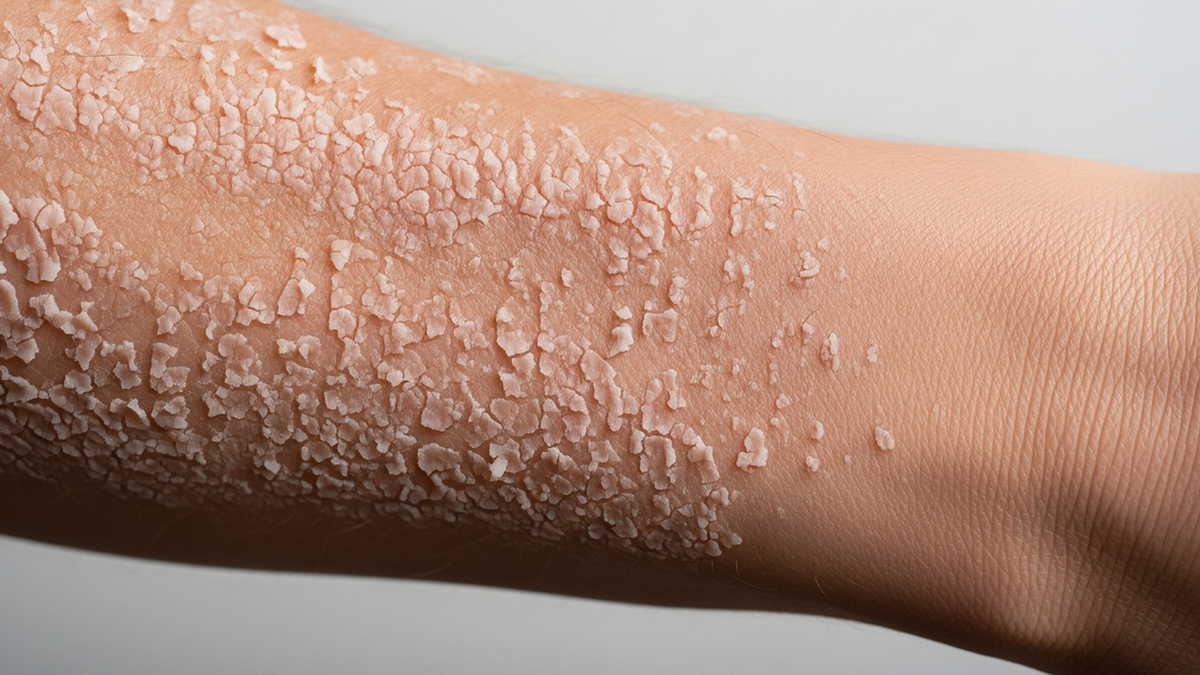
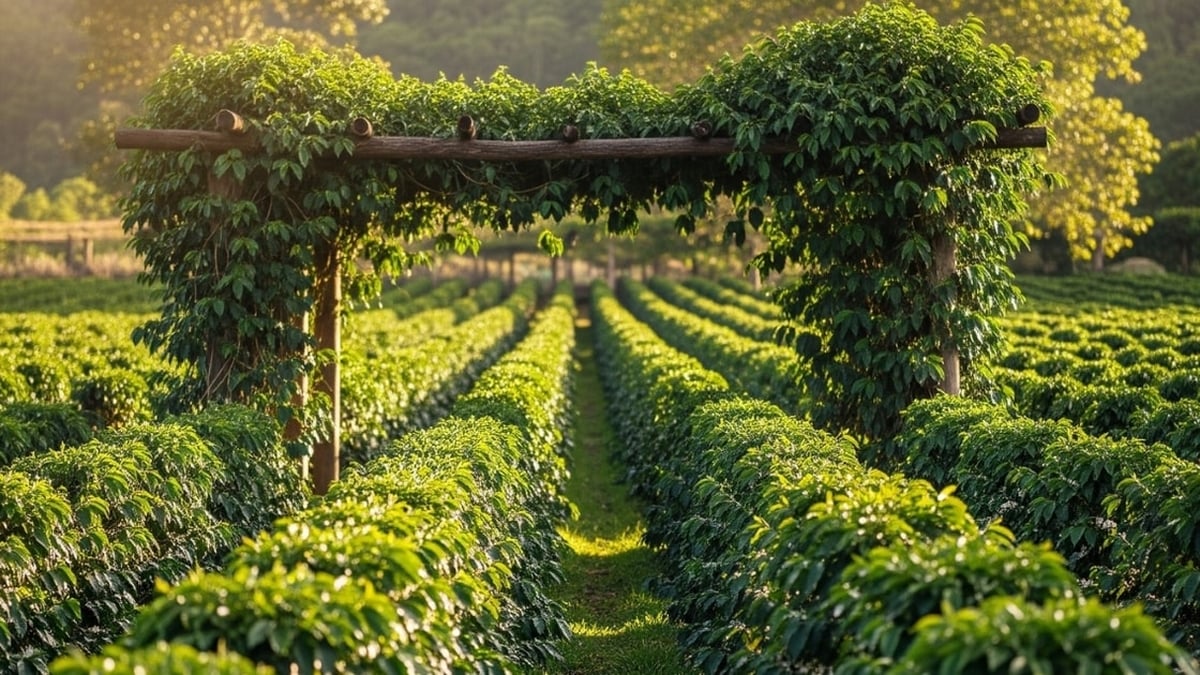
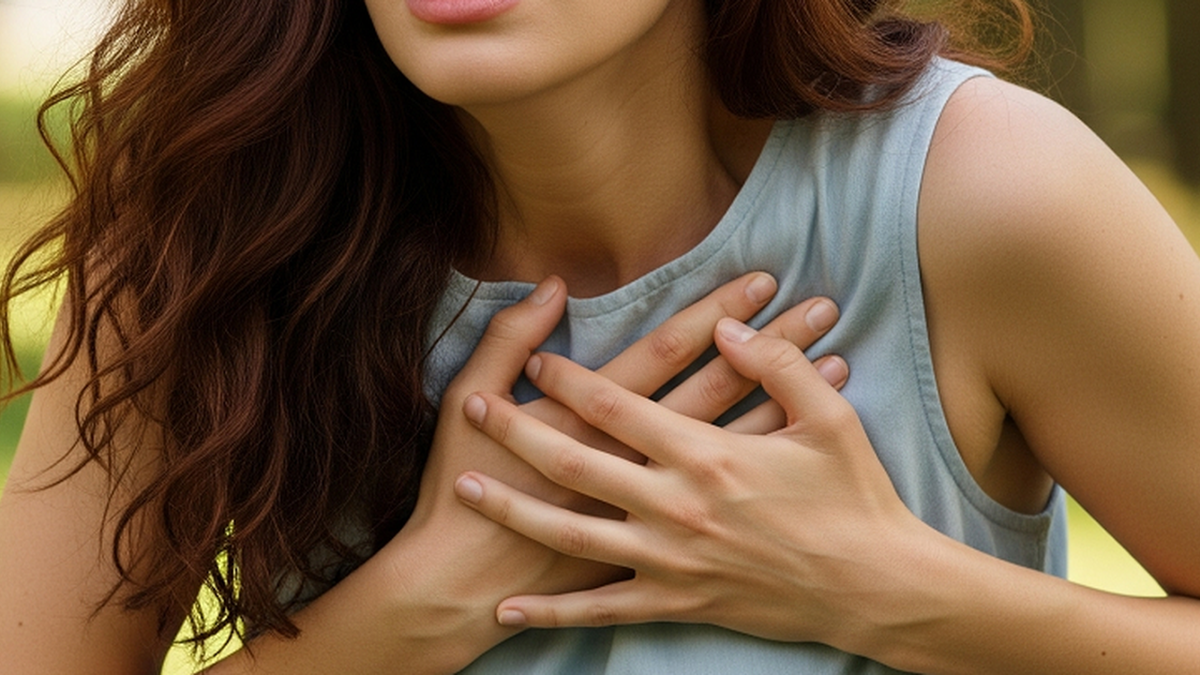
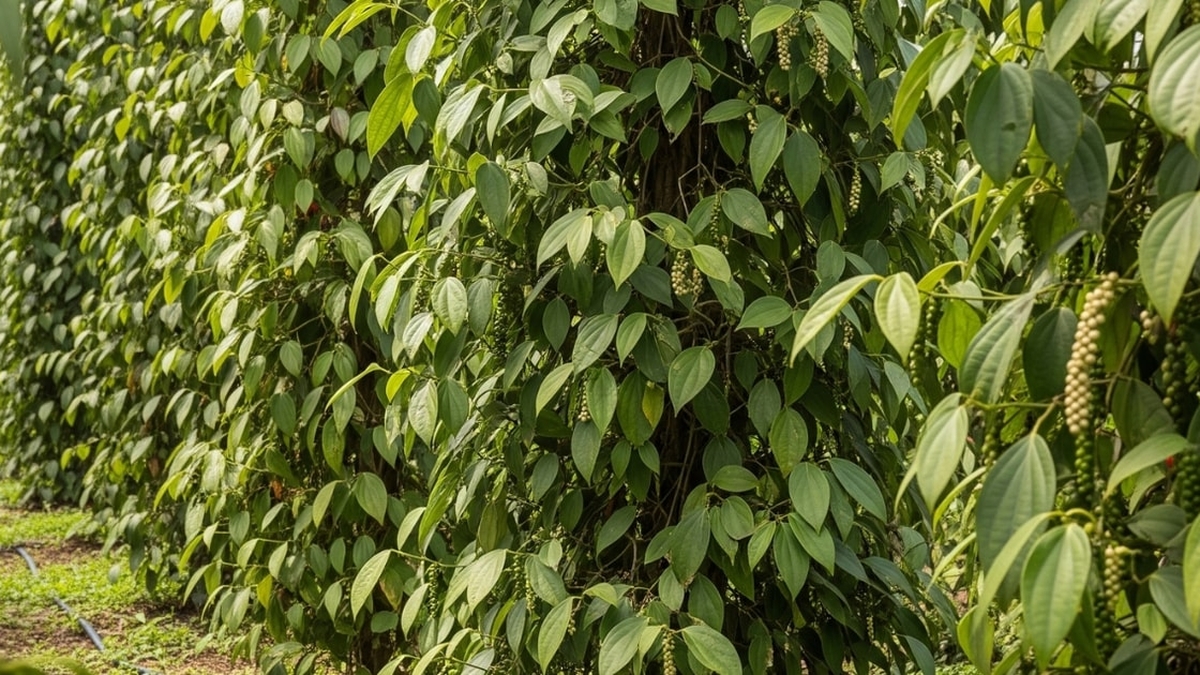
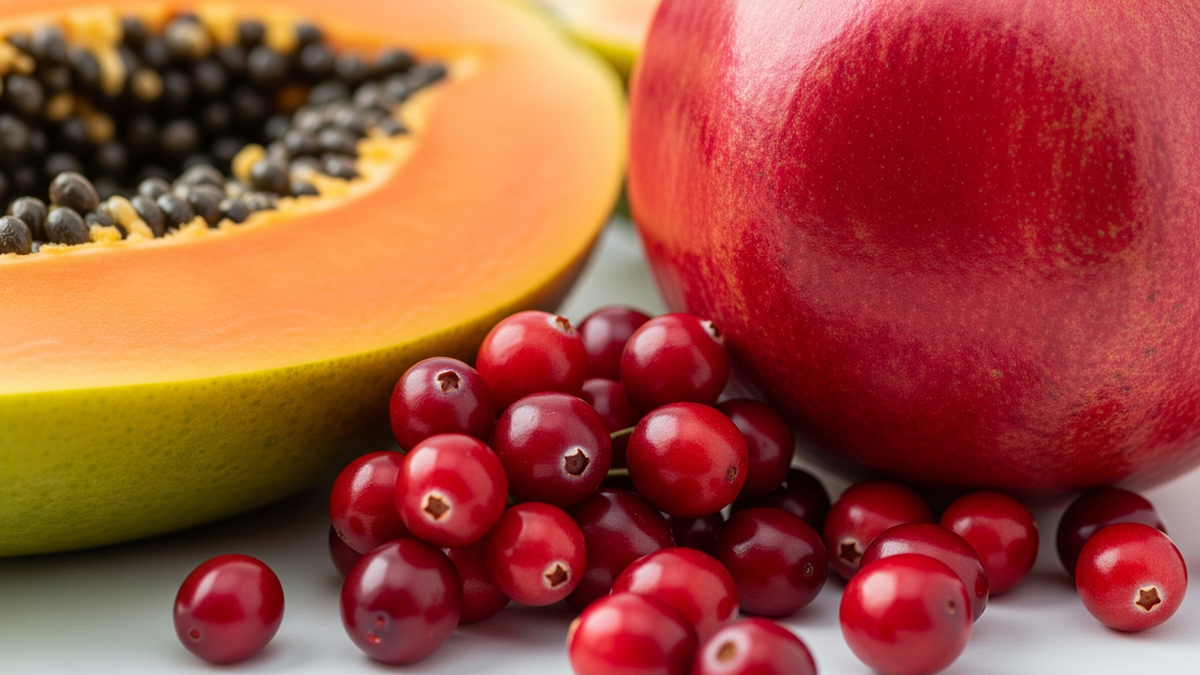
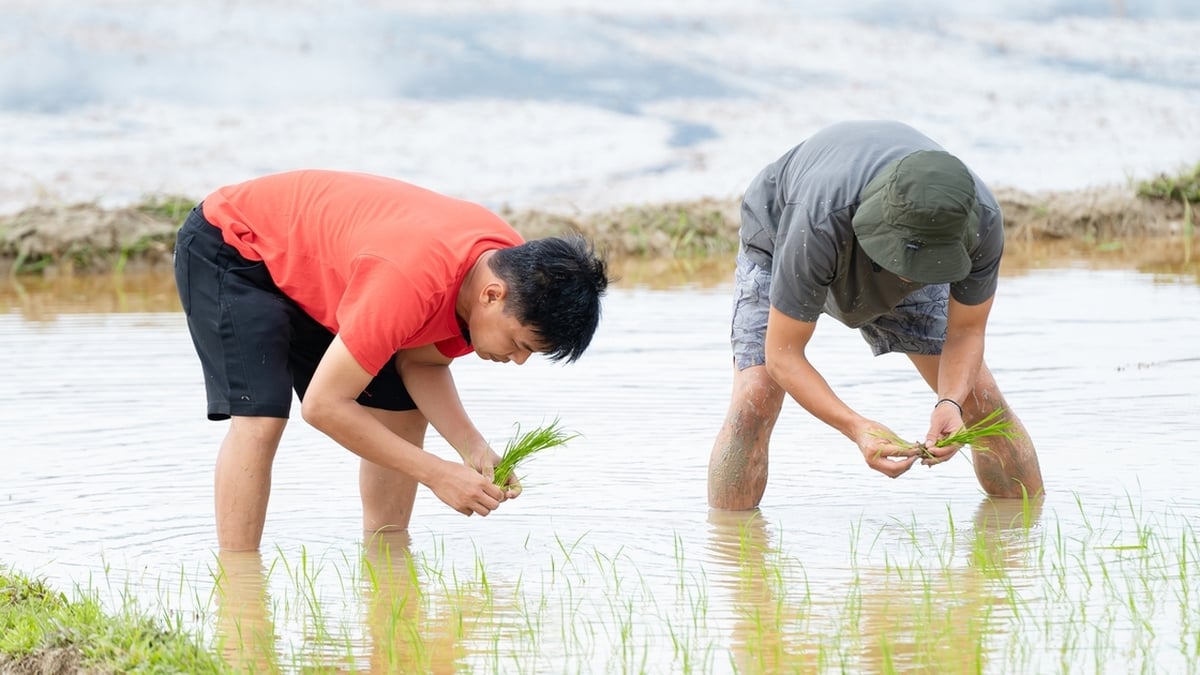
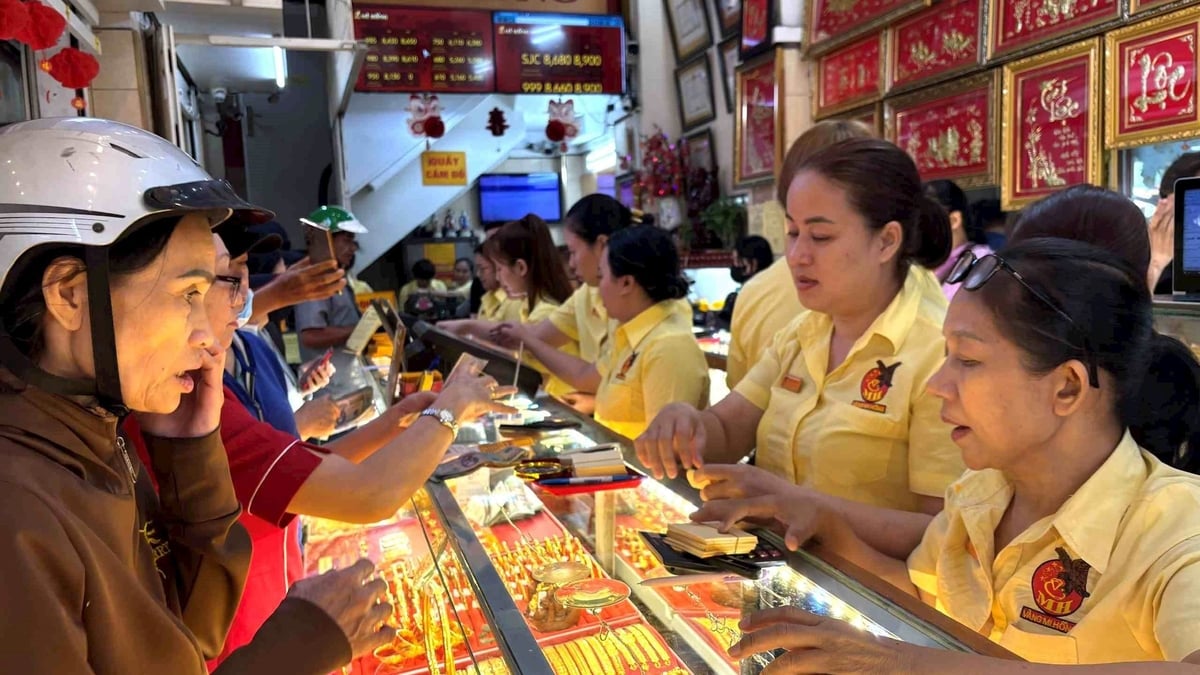


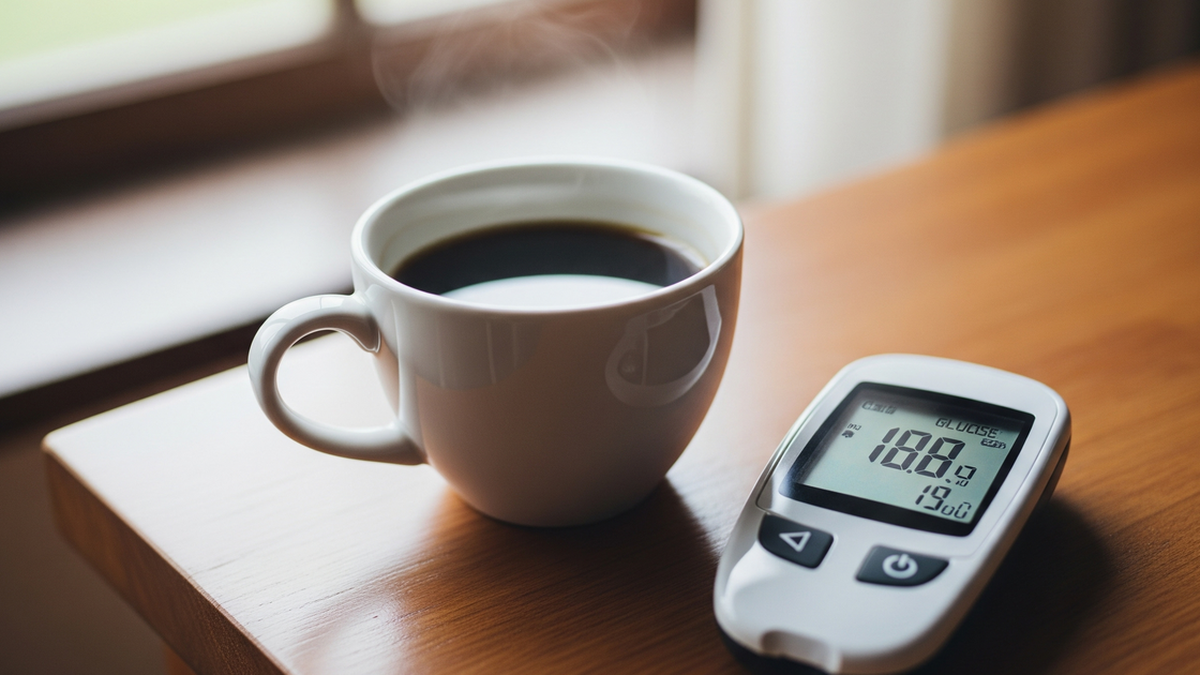














![[Photo] National Assembly Chairman attends the seminar "Building and operating an international financial center and recommendations for Vietnam"](https://vphoto.vietnam.vn/thumb/1200x675/vietnam/resource/IMAGE/2025/7/28/76393436936e457db31ec84433289f72)






































































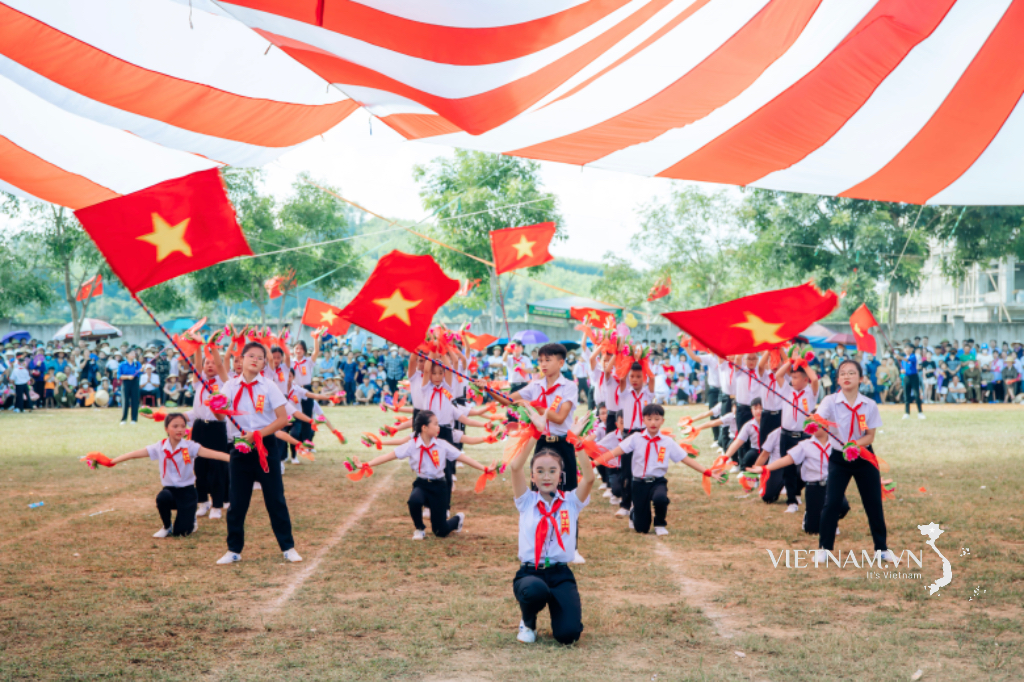


Comment (0)